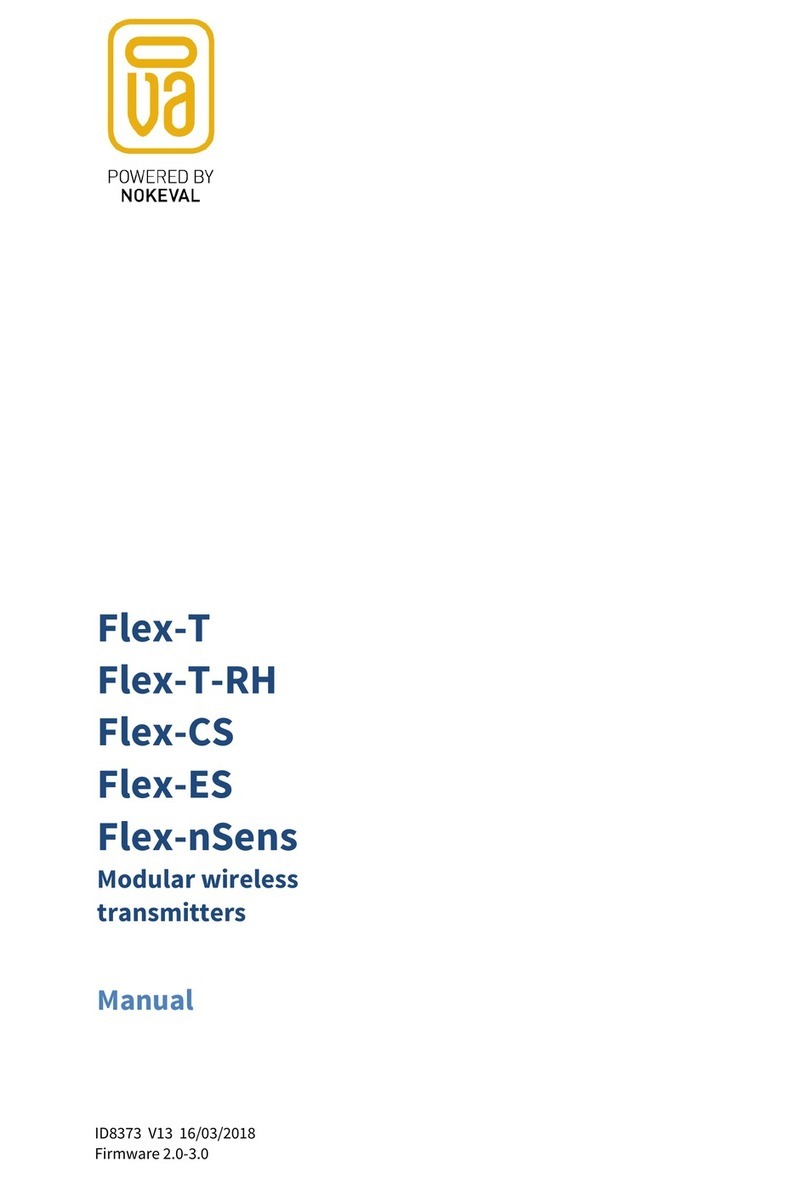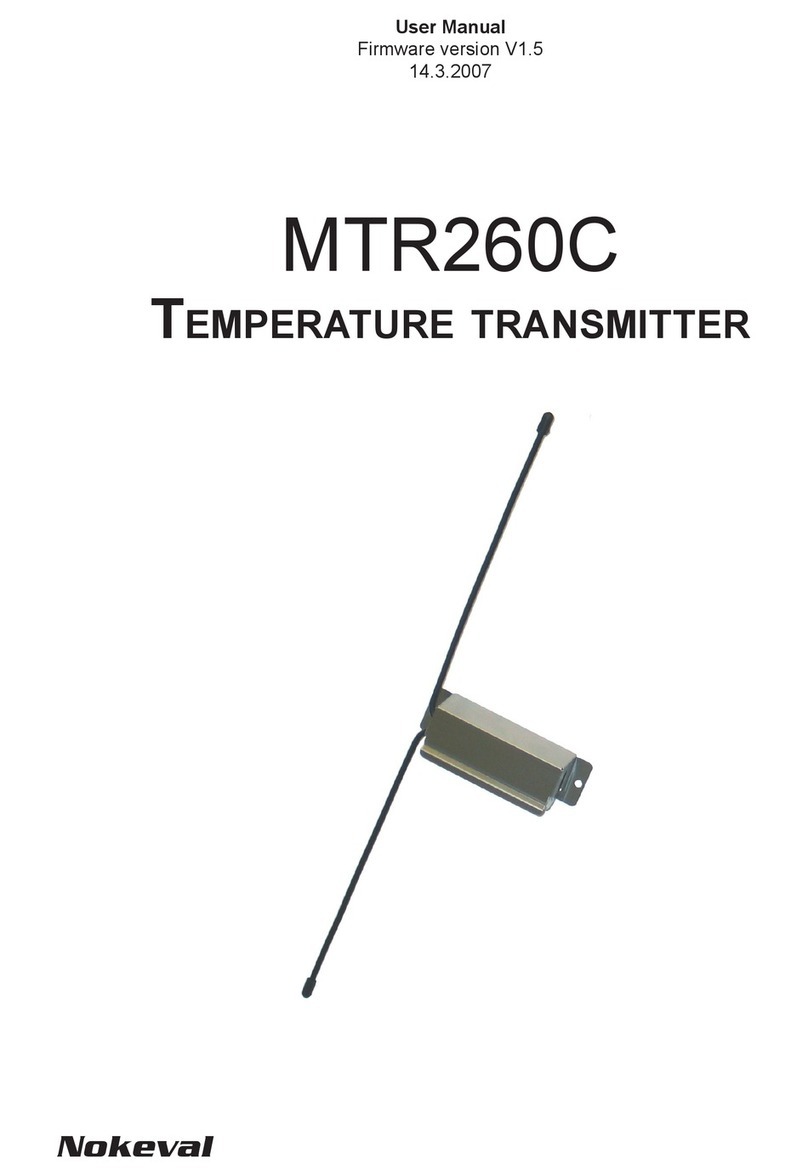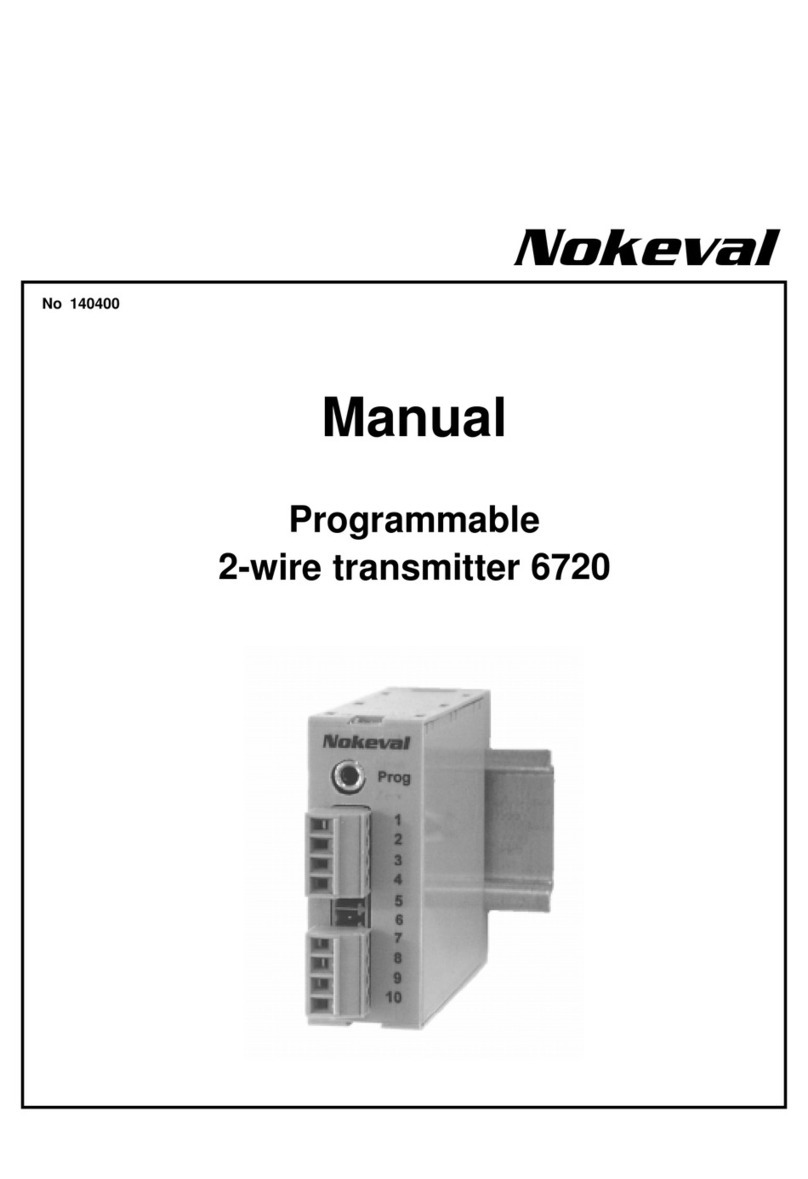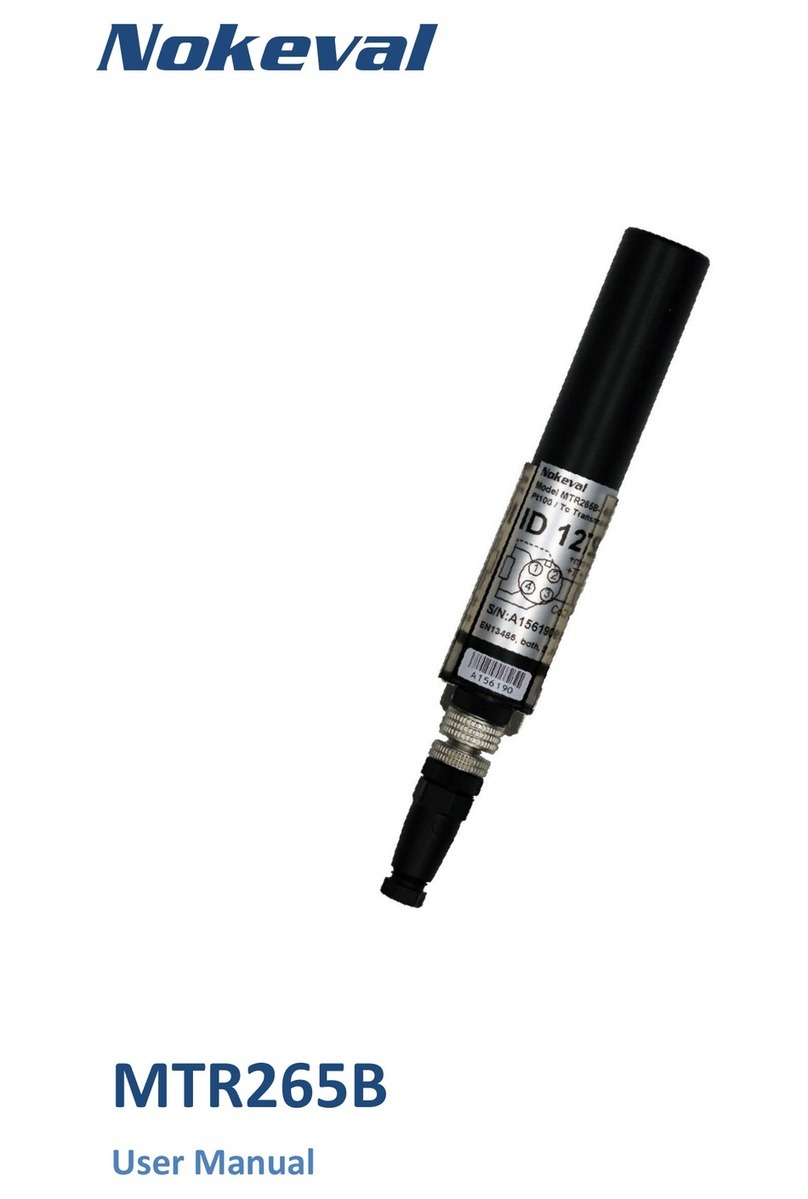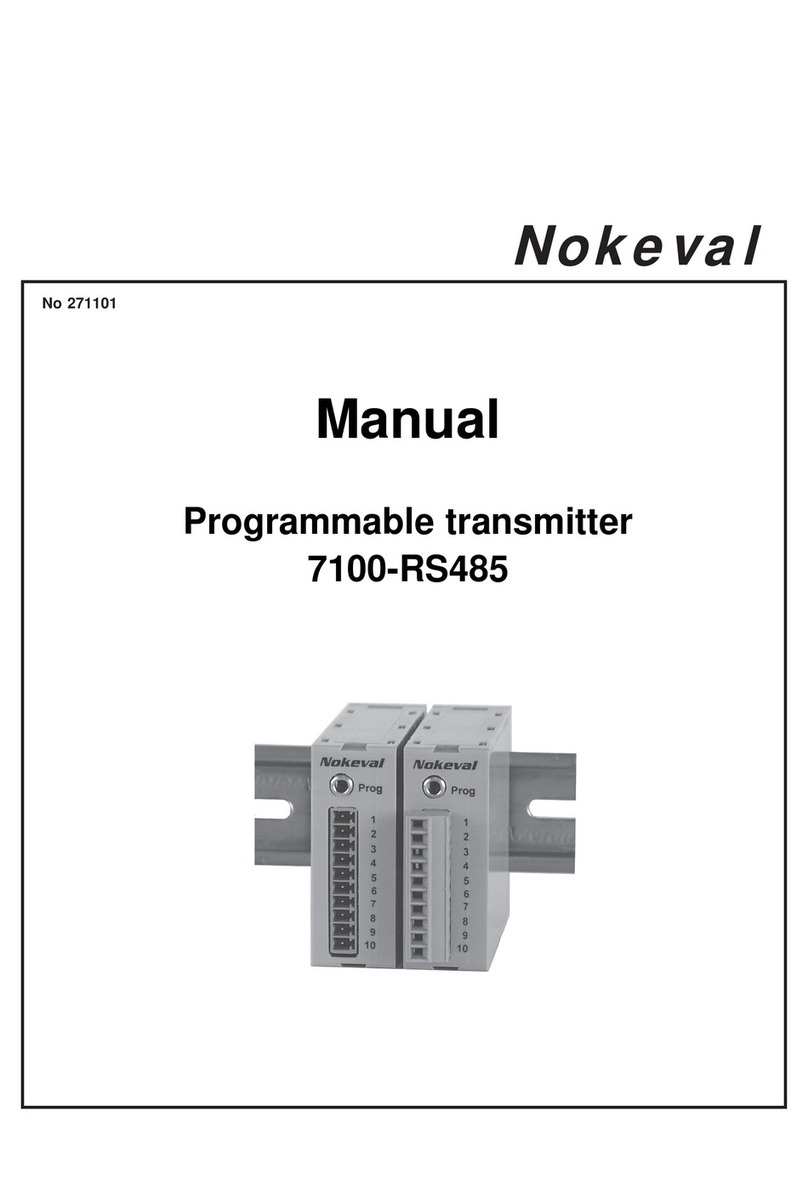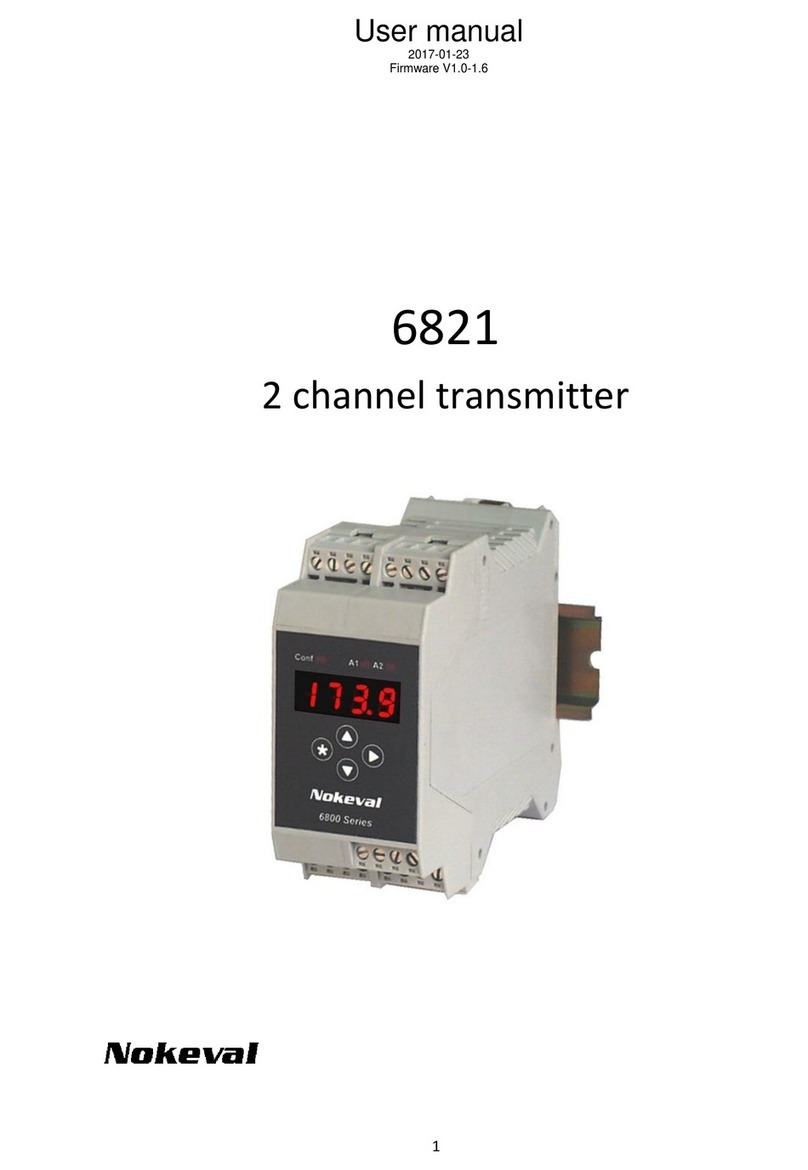2 - Introduction
Contents
Introduction....................................................................................................................................................2
Installation......................................................................................................................................................3
Maintenance ...................................................................................................................................................8
Specifications..................................................................................................................................................9
Warnings .......................................................................................................................................................10
Manufacturer ................................................................................................................................................10
Introduction
The Kube-Sky-RHT series consists of several models of wireless indoor air quality transmitters. All models
have a LoRa based Nokeval Sky radio with a very good range.
Models
The Kube-Sky-RHT is the basic model. It measures temperature and humidity only. With moderate
settings, the battery life will exceed five years.
When the model name has a –CO2 suffix, the device also measures carbon dioxide concentration up to
5000 ppm. This model needs to see fresh air at least once a week to be able to auto calibrate itself.
This model is not suitable for premises that are continuously occupied; such premises result carbon
dioxide measurement to show smaller values than should. The CO2 model can be used with batteries,
however the battery life will be significantly shorter. An external power supply can be used to overcome
this.
The model with -PIDVOC suffix has a high quality photoionization detector for detecting volatile organic
compounds. The sensor is factory calibrated, and it can operate in a continuous exposure unlike many
sensors that will auto-zero themselves. The sensitivity goes to tens of ppb. This model must be powered
with an external supply.
Sky radio
The Sky devices use the Semtech LoRa modulation technique that allows unforeseen wireless range in a
battery powered transmitter. The protocol used is defined by Nokeval, called Sky, which means that this
device is not compatible with the LoRaWAN infrastructure.
The modulation has some parameters to define its operation. With the “maximal” settings, a very long
range can be reached, but at the expense of high battery and radio band consumption. One radio
transmission can last approx. 2 seconds (compared to 20 ms of the Nokeval MTR series). This means that
the number of transmitters within the range must be limited in order to avoid collisions and to allow
radio time for each. It is not practical to use a short interval between transmissions; 10 to 30 minutes is
the recommended interval range.
When the maximal range is not necessary, the parameters must be adjusted for lower battery and band
consumption. All the devices within one network must share the parameters, because the receiver can
only listen with one set of parameters at a time. Consequently the parameters must be selected
according to the most distant device. It is also possible to adjust the transmission power. The devices
that are closer to the receiver can use a lower power setting.
Before using the 433 MHz radio, make sure it is legal in your country.






